Phonics Skills Normal Letter Recognition Worksheets for Ages 6-9
6 filtered results
-
From - To
Enhance your child's reading foundational skills with our Phonics Skills Normal Letter Recognition Worksheets for Ages 6-9. Designed for young learners, these engaging worksheets promote letter recognition through fun, interactive activities. Children will practice identifying, matching, and tracing letters, improving their phonics skills in an enjoyable way. With a focus on reinforcing sound-letter connections, these worksheets help foster confidence and build a strong literacy foundation. Perfect for classroom use or at-home learning, our resources cater to various learning styles, ensuring that every child thrives. Explore our collection today and watch your child's reading skills flourish!
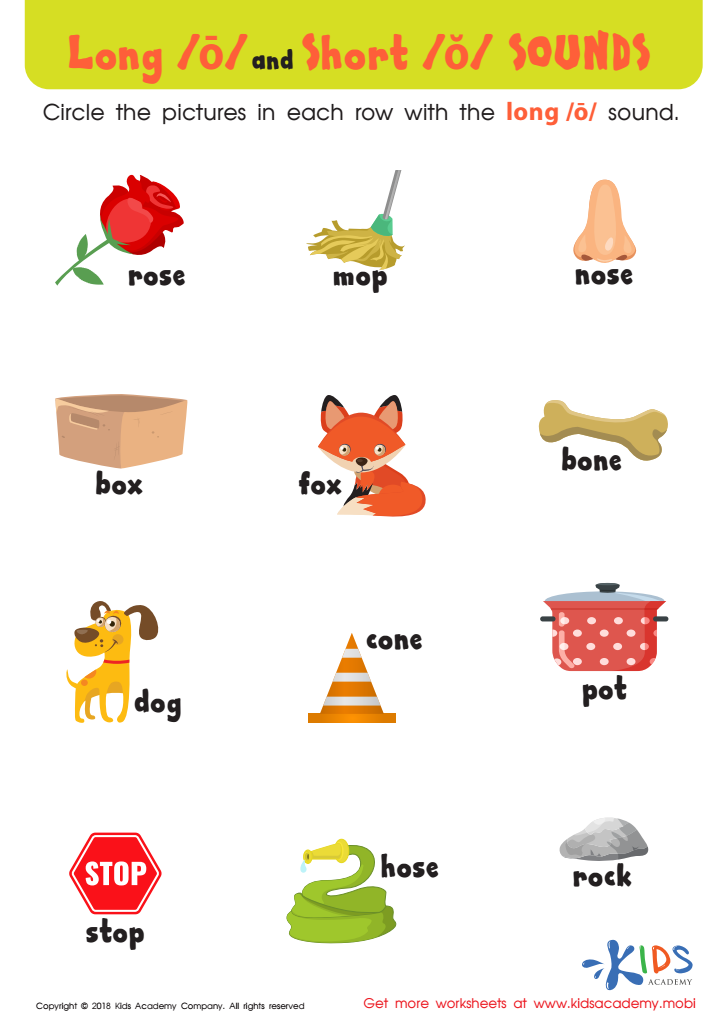

Reading: Long O and Short O Sounds Worksheet


Short Vowels /e/, /i/, and /u/ Worksheet
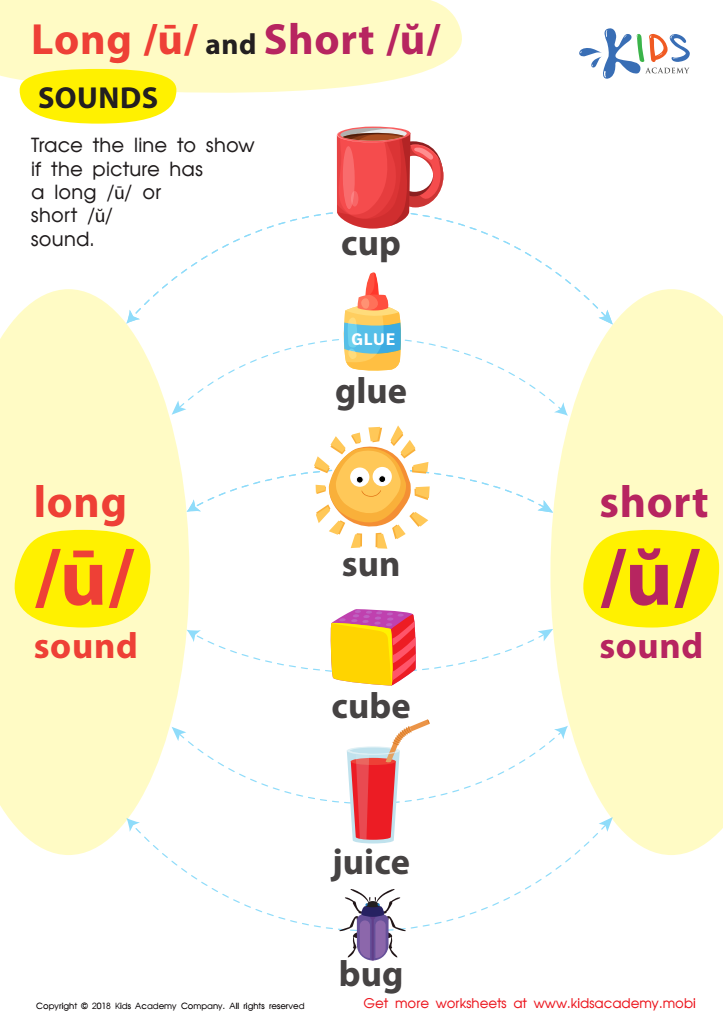

Reading: Long U and Short U Sounds Worksheet
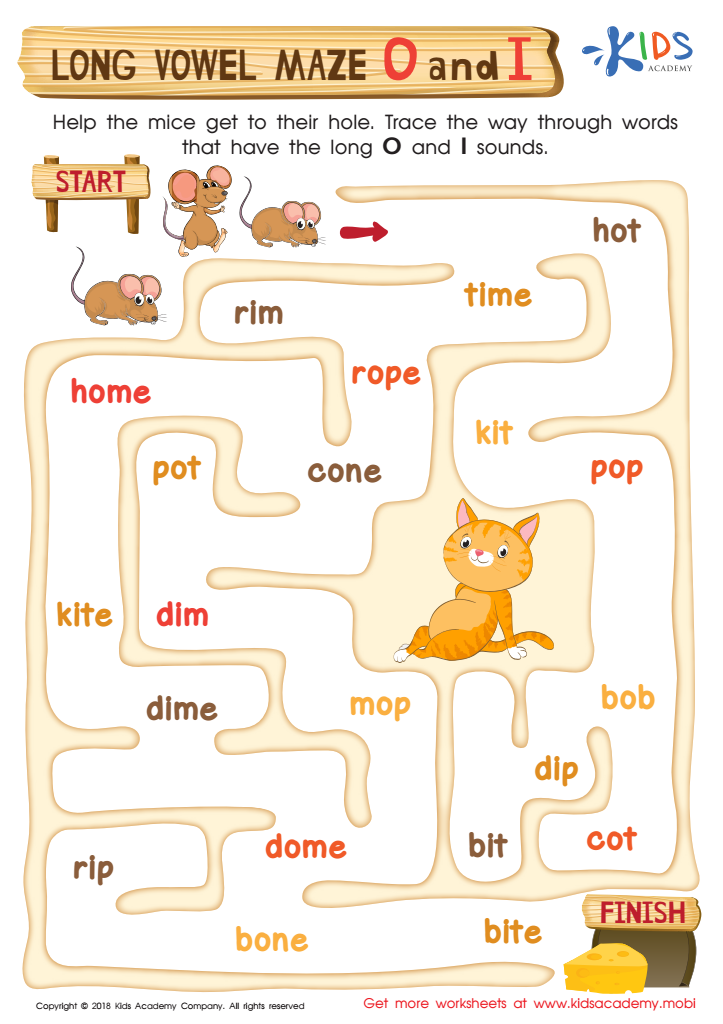

Long Vowel Maze /o/ and /i/ Worksheet
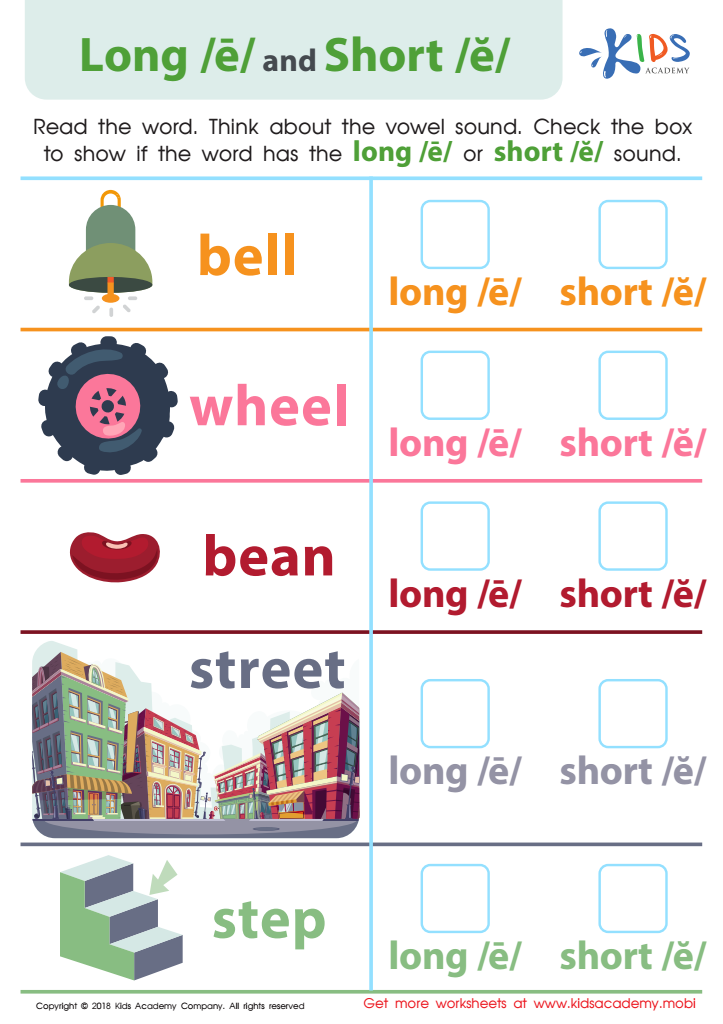

Reading: Long E and Short E Worksheet
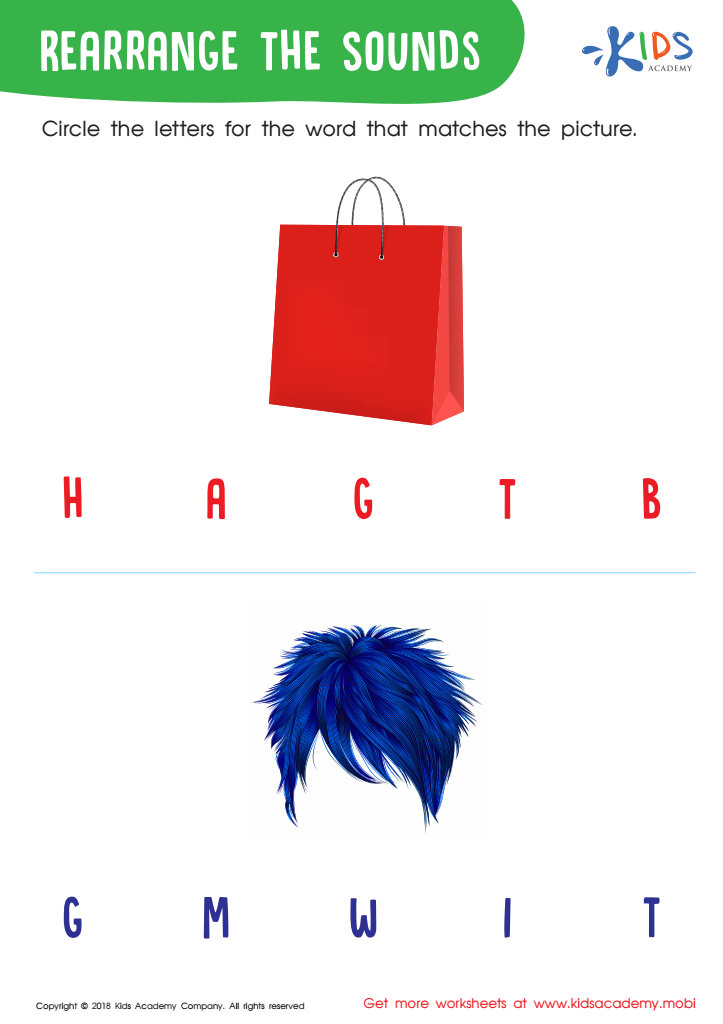

Rearrange the Sounds Worksheet
Phonics skills and normal letter recognition are foundational components of early literacy development for children aged 6-9. At this stage, children transition from learning to read to reading to learn, making the ability to recognize letters and sounds crucial. Parents and teachers should prioritize these skills as they lay the groundwork for reading fluency and comprehension.
Understanding phonics enables children to decode words independently, enhancing their reading confidence and motivation. It helps them make connections between sounds (phonemes) and letters (graphemes), fostering a deeper understanding of how language works. This skill is vital, as children who struggle with phonics and letter recognition often experience difficulties in various academic subjects, negatively impacting their overall learning.
Moreover, children who master these skills at an early age are more likely to become proficient readers, which contributes to improved writing abilities and critical thinking skills. Engaged reading opens doors to new knowledge and experiences, supporting cognitive and social development.
For parents and educators alike, supporting phonics instruction and normal letter recognition is essential for setting children on a path toward academic success, helping them build the literacy skills they will rely on throughout their educational journey and beyond.
 Assign to My Students
Assign to My Students
















